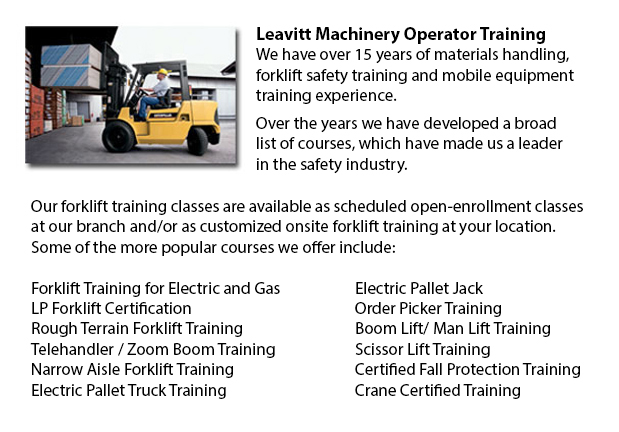
Boom Trucks Training Guelph - Boom truck are often applied by phone, cable and utilities companies as they have long folded arms which are typically folded over the roofs of company vans. On the end of the extension of extendable arms more often than not sits a bucket-like apparatus. When a bucket truck has an extendable boom mounted the roof this is sometimes referred to as an "aerial boom truck" or a "cherry picker". It can transport workers to the top of a telephone or utility pole. Bucket boom lift trucks have a hauling capacity of approximately 350 lbs to 1500 lbs or 158 kg to 680 kg plus they are able of extending the bucket up to 34 feet or to around 10 meters into the air.
Construction boom trucks or heavy duty boom vehicles will sometimes have a hoist appendage on the rear. Often labeled knuckle booms, these cranes might be shorter and more compact than the trolley boom, which has a boom able to extend the length of the vehicle. Hoist boom trucks include a raising capability between 10 to 50 tons or just about 9 to 45 metric tons.
Concrete boom trucks are another adaptation. The booms on these lift trucks have a pipe with a nozzle at the far end and are utilized to pump concrete or other resources. The locations where these resources ought to be deposited is oftentimes inaccessible to the truck or is stationed at a considerable height, for that reason, the boom of a larger concrete boom truck may well be extended 230 feet or just about 71 meters. The vehicle then pumps the concrete through the boom precisely depositing it into the space where it is needed.
Fire departments are equipped with a lengthy bucket boom employed to hoist firefighters to the upper floors of a building. Once in place, this boom enables them to direct water onto flames or to rescue ensnared victims. Some of the older hook and ladder lift trucks have been displaced with current boom trucks.
Self propelled booms are quite similar to lift trucks. These little boom trucks can hoist workers to elevated storage space or to the ceiling of large warehouses and storage facilities. They are more secure and therefore much safer than using extension ladders for the same application.
-
Clark Forklift
Clark Forklift Forklift Training - Performing globally, there are currently 350,000 Clark forklifts and lift vehicles in operation, with upwards of 250,000 of those in commission in North America. Clark has five main lines of lift trucks across the w... More -
Nissan Forklift
Nissan Forklift Training Guelph - Nissan prides itself on achieving complete client satisfaction when their buyer is enjoying one of their many trucks, cars or lift trucks. Nissan Forklift division is a wholly owned subsidiary of Nissan Motor Co. Ltd... More -
Pallet Lifts
Pallet Lifts Training Guelph - A pallet haul is equipment built in particular for moving pallets of irregular weights and dimensions. They may be utilized in conjunction with cranes, lift trucks and other heavy duty machinery as an appendage piece or... More -
Doosan Forklift
Doosan Forklift Training Guelph - Doosan Infracore Company Ltd. is an international and intercontinental organization that features Defense Industry Products, Industrial Vehicles, Diesel Engines, Automation Systems, Machine Tools and Construction Eq... More -
Pallet Stackers
Pallet Stackers Training Guelph - A pallet stacker is a kind of pallet jack that is employed to transport, stack and lift palletized commodities that are overly difficult for manual lifting. Its key purpose is to load and unload pallets on trucks, an... More

Forklift Certification Guelph
TOLL FREE: 1-888-254-6157
Guelph, Ontario
forkliftcertificationguelph.com
Email Us
About Us


